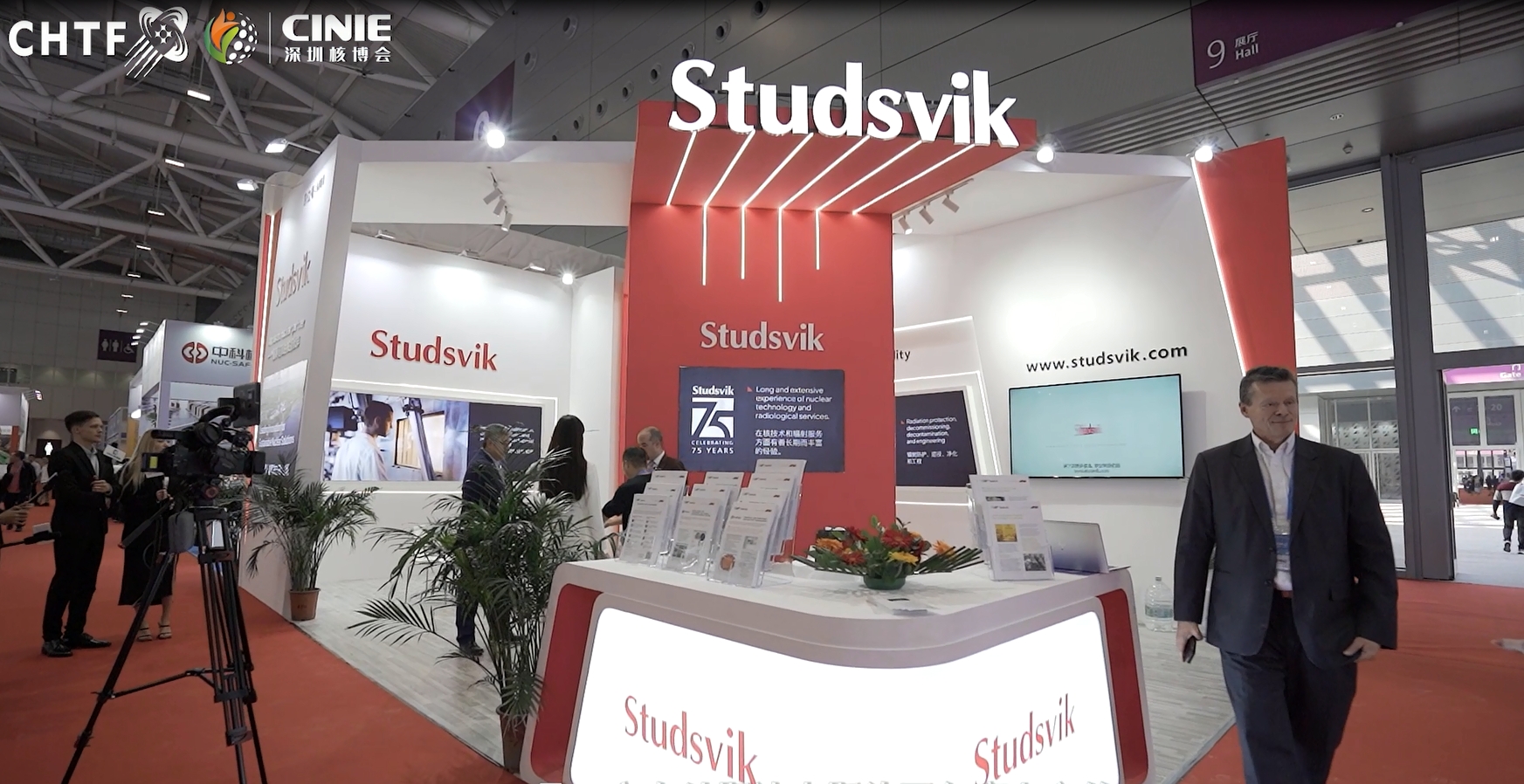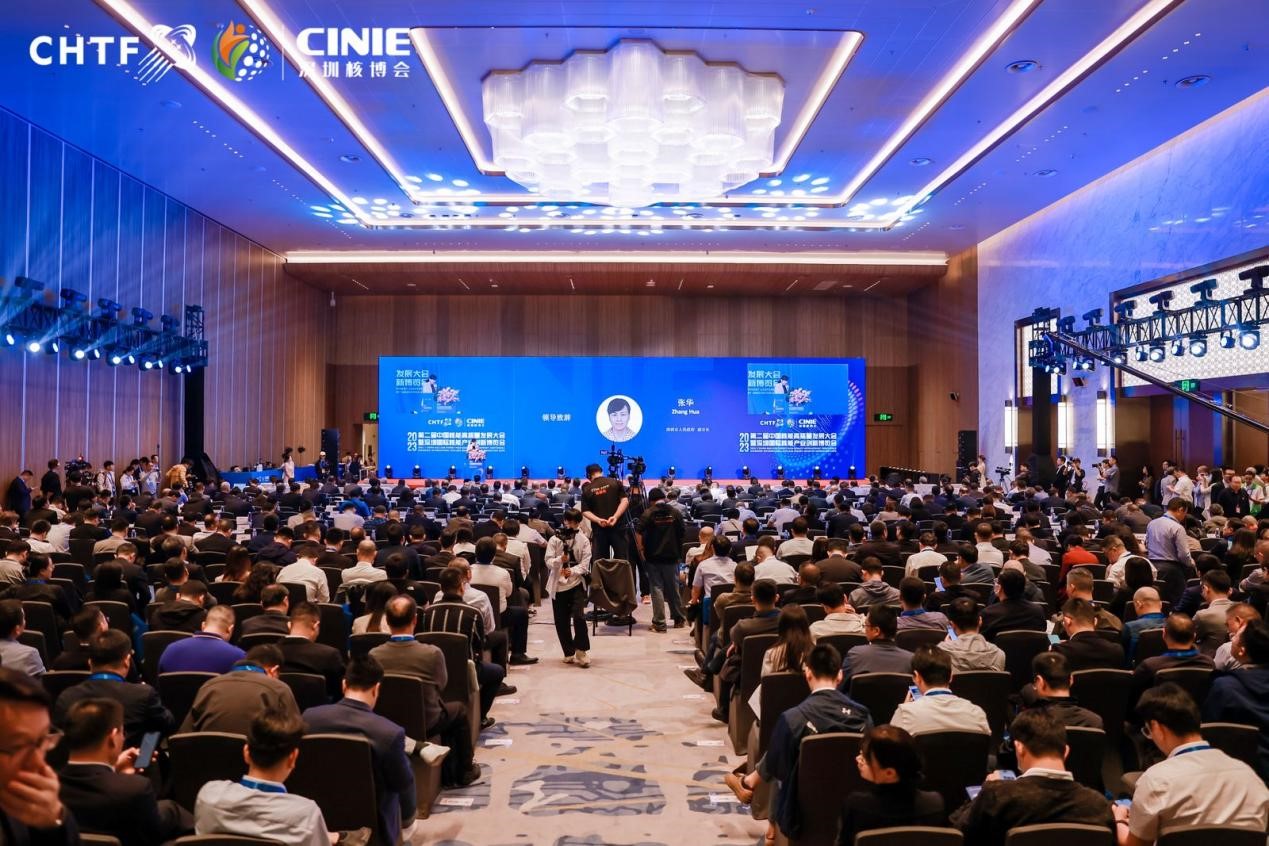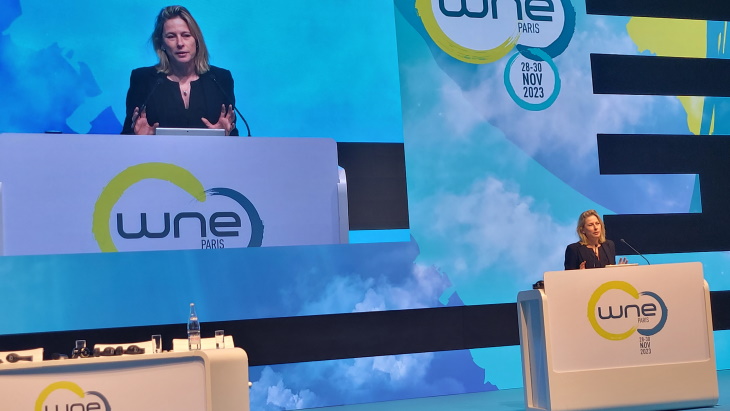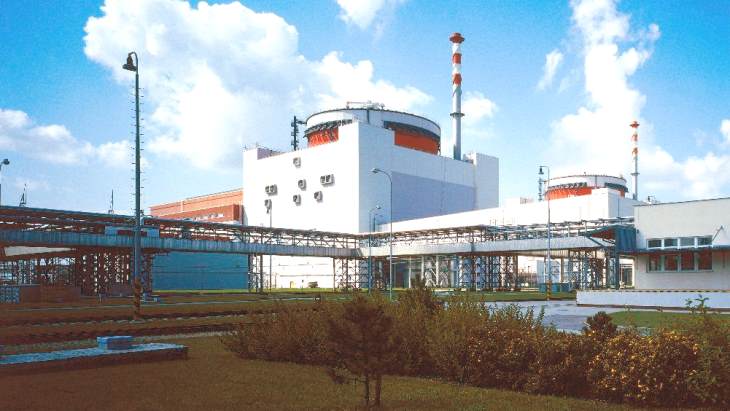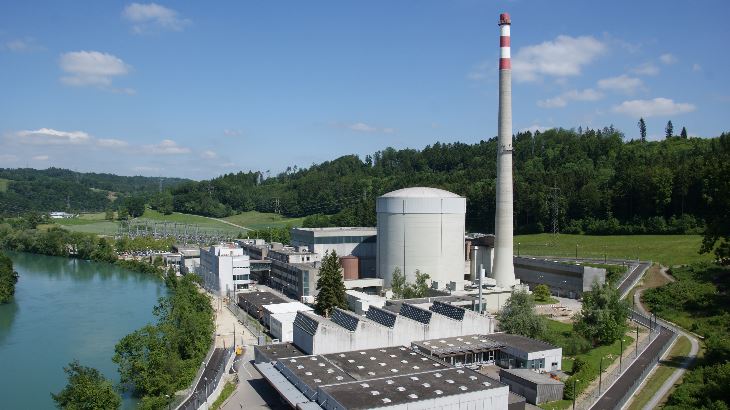Decarbonizing fossil energy requirements that cannot be directly powered by renewable power is one of the world’s biggest climate challenges. Major businesses that depend on fossil fuels, either for high-temperature energy or as chemical feedstocks are among the so-called “hard-to-abate” (HTA) sectors.
These include cement, chemicals, construction materials, iron, and steel, which collectively account for around 30% of the annual CO2 emissions produced worldwide.
Heavy-duty transportation, such as trucking and shipping, is another HTA sector. This sector is more difficult to electrify than passenger transport since it would require massive batteries that would increase vehicle weight and take a long time to charge.
Relatively wealthy economies like the US and a majority of Europe are exploring plans centered on renewable energy production and electric automobiles as countries investigate avenues towards decarbonization.
Due to the specific carbon emission profile that results from the substantially higher roles that HTA heavy industries play in its economy, China faces significantly different issues.
Using clean hydrogen (also known as “green” and “blue” hydrogen), China, the world’s largest producer of iron, steel, cement, and building materials, could be able to decarbonize the HTA sector and help the country meet its 2030 and 2060 decarbonization commitments.
While blue hydrogen is created normally, from fossil fuels, with the addition of carbon capture and storage, green hydrogen is produced by splitting water molecules, or H2O, using renewable electricity.
Until now, the new study is the first to use an integrated modeling approach to assess the potential use of clean hydrogen across China’s energy system and economy to meet its 2060 net-zero target.
It is produced by the Harvard-China Project on Energy, Economy, and Environment, a US-China collaborative research program based at the Harvard John A. Paulson School of Engineering and Applied Sciences.
Three issues were assessed in the study: What are the main difficulties in decarbonizing the HTA sectors? What potential uses does clean hydrogen have in the HTA sectors, both as a fuel and a feedstock? And in comparison to other possibilities, will the broad use of clean hydrogen in the HTA industries be cost-effective?
The team developed a model of an integrated energy system that incorporates supply and demand across sectors to evaluate the cost-effectiveness and role of clean hydrogen across China’s whole economy, with a focus on the largely unexplored HTA sectors.
Results indicate that extensive clean hydrogen use in HTA sectors can assist China in becoming carbon neutral while doing it more affordably than in the absence of clean hydrogen production and consumption.
Compared to a pathway without it, clean hydrogen can save $1.72 trillion in investment expenses and prevent a loss of 0.13% in the total GDP (2020–2060).
The most cost-effective form of clean hydrogen—blue or green—was also investigated by the researchers. According to their research, China’s green hydrogen can be produced on average for $2/kg by 2037 and for $1.2/kg by 2050, when it will be significantly less expensive than blue hydrogen ($1.9/kg).
Decarbonizing such challenging areas is essential for tackling climate change, but it might also have other advantages. The shift to a renewable energy system could be aided by new markets for green hydrogen.
According to Nielsen, green hydrogen generation would do this by offering a more flexible kind of electrical demand that need not be satisfied instantly, unlike the majority of electrical loads. Instead, scheduling is frequently possible, at least for short periods of time.
To accommodate the inherent fluctuation of renewable energy sources as they are impacted by shifting meteorological conditions, such demand flexibility is beneficial to grid managers.



